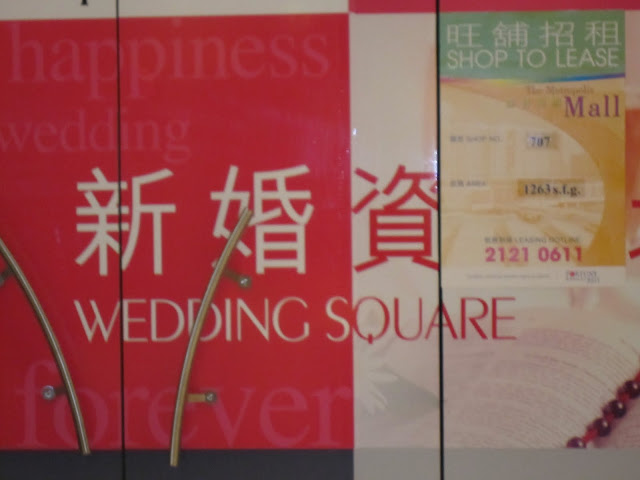It seems such a short time ago that we embarked on the long journey east to Hong Kong, a place we have grown very fond of. When I started this entry, it was our last day—a day full of packing and cleaning and winding down. But today we are in our Florida home, nearly two weeks after the return flight. As I look back over the months behind us, I’m remembering what I am already missing about Hong Kong.
First on that list is the sum of the experience in the vibrant, crowded but orderly city—a place that is alive 24-7—from the pre-dawn activity of the workers and exercisers to the twinkling of the lights on the harbor buildings till the wee hours— all decked in Christmas trees and snowmen and wrapped packages.
I’ll miss my familiar faces on my harbor walks in the morning—the men and women of about my age who appear every day and smile when they see me, wave and shout “Jo San.” (good morning). I’ll also miss my friends here who have shared the happy times and my fits of frustration with lazy students.
I’ll really miss the food here. As time passed, I cooked less and less and sought out a variety of great restaurants instead. I may never be able to eat Chinese food in the U.S. again. In most restaurants it bears no resemblance to the amazing array of dishes we have sampled here. Of course the best is the dim sum, which is not to be missed—all the little morsels that come to the table freshly steamed in baskets or on small plates. My favorites are the turnip cakes and the Shanghai dumplings.
I miss the views from my window—at dawn when the sun rises, at mid-day when that sun blazes into the windows and causes me to draw the curtain, but most of all at 8 p.m. when the 20-minute light show begins. On the special days during our visit, the light show was accompanied by fireworks—on the October 1st anniversary of the founding of the People’s Republic and on the opening of the Asian Games.
I’ll also miss having the sheets on my bed changed three times a week—and not having to do my own cleaning. I’m already back to the reality of multiple rooms that scream out at me to be dusted or vacuumed or de-cluttered.
I’ll miss the friends I made and the former students with whom I reconnected—students with families and successful careers in academia. This is one of the best parts about spending much of my teaching career engaging with doctoral students, now spread across the globe in various institutions of higher education. Watching them blossom and grow and take up new interests has been incredibly rewarding.
And I’ll miss the new students (mostly in the master’s program) who seemed eager to engage with the social aspects of the internet and share with me their own knowledge of internet practices in China. I even learned about the human flesh search engine from them—and returned to the U.S. to find that “Law and Order” had taken up the subject in a recent episode.
Missing –well Not So Much. . .
The stress of full-time work in the university, especially the Thursdays I spent on my feet for six straight hours with only an hour’s break for dinner.
The many undergraduate students who had no knowledge, less curiosity and even less willingness to study about the large world in which they reside.
The height and width of the stairs on any given staircase. They must be made for Asian feet and legs, but I never did feel comfortable climbing or descending the steps.
The Chinese cultural habit of not responding to challenging questions or requests when they could not or were not willing to provide straight answers. Usually, the responses would begin something like. . . .”It would be most inconvenient. . . . “ or “I am so sorry, but. . . . .” or simply to avert their eyes and not answer at all—or purse their lips and make the “m-m-m-m-m” sound. Usually these responses would lead to increased frustration on my part.
Greeting the wall of people anxious to board a train before any of us inside was able to disembark. The arrows on the platforms would be utterly ignored by the boarding passengers as the quest for a seat trumped the usual practice of following the rules.
Hong Kong's ubiquitous soft squishy bread with no substance.
The clouds of pollution rising over the South China Sea blown in from the Pearl River and ruining the Hong Kong skyline.
Goodbye Hong Kong
I'll miss it all and hope to return one day--if not for work then for a visit to see the dragon dances and other celebrations of Chinese New Year. Thank you for the wonderful memories, and when those fade, for the pictures of some spectacular experiences.


































